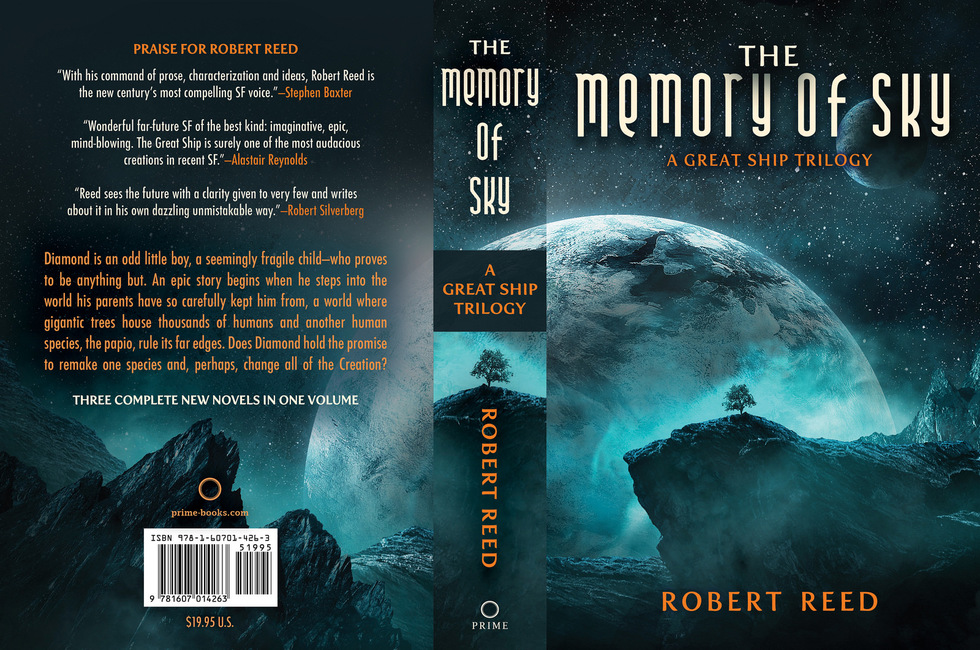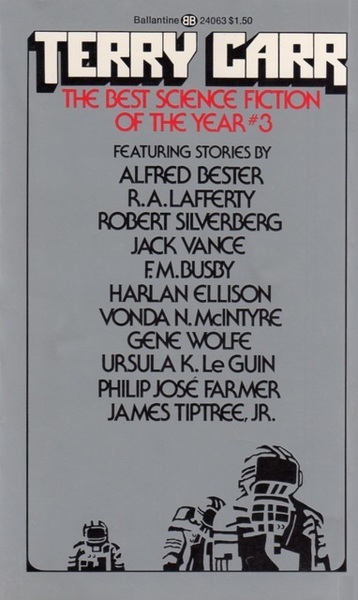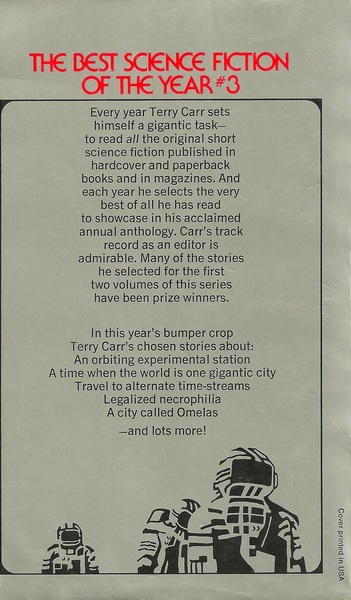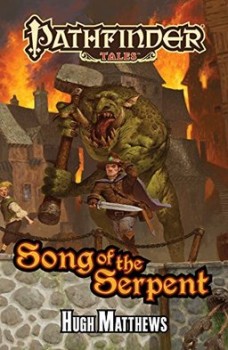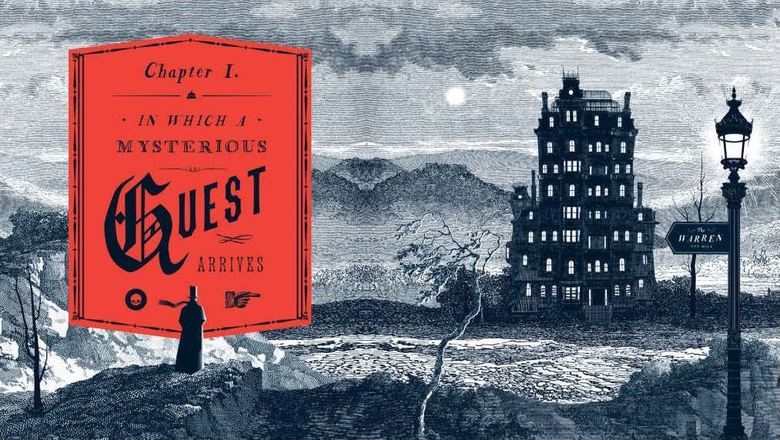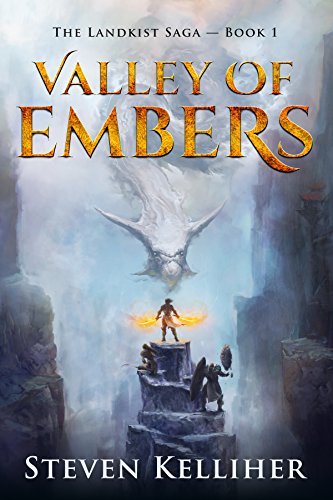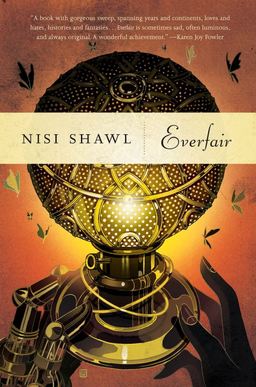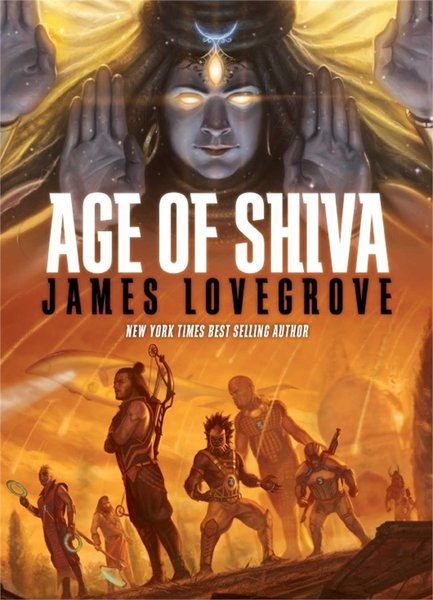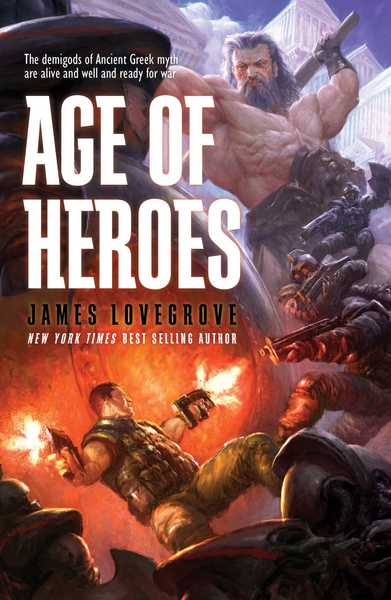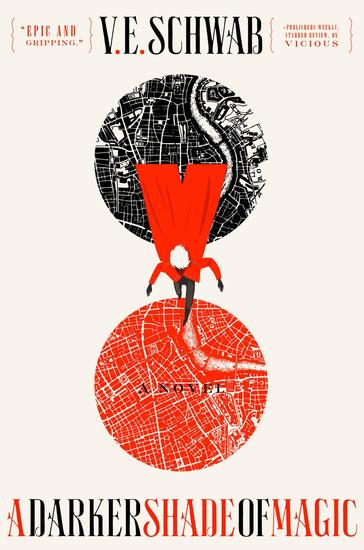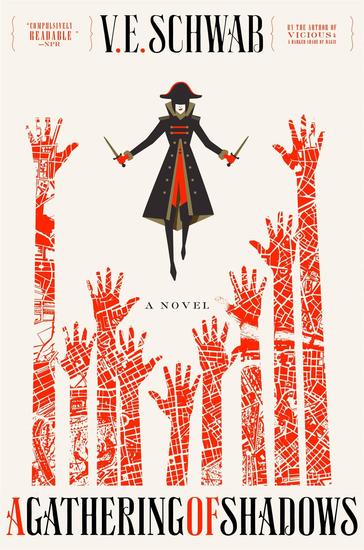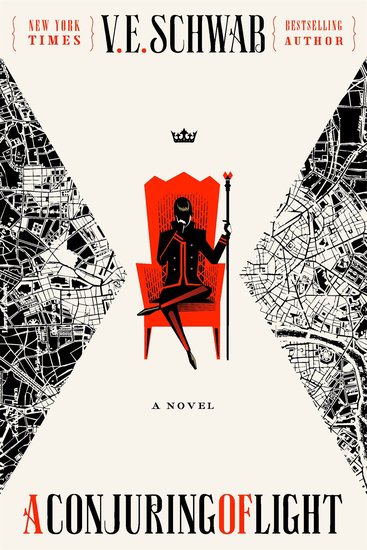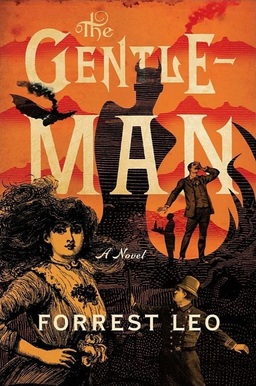Is Robert Reed the New Century’s Most Compelling SF Voice?
Last month I finally got around to picking up a copy of Robert Reed’s massive collection The Greatship (which I talked about here.) It collects 11 tales — plus a bunch of new connecting material — in his Greatship saga, set on a vast spaceship relic that is larger than worlds, and which contains thousands of alien species.
I’m glad I had the chance to familiarize myself with the Greatship tales, as that came in handy last month at Worldcon in Kansas City. I attended the Asimov’s SF group reading, hosted by editor Sheila Williams, and found it an insightful and entertaining hour, as writers James Patrick Kelly, Connie Willis, Steve Rasnic Tem, Mary Robinette Kowal, and Robert Reed all read from recent or upcoming tales published in the magazine. Robert Reed, whom Sheila calls the writer with the most stories in Asimov’s (“by quite a bit”), read from an unpublished Greatships novella coming in the magazine next year, and it was totally captivating. It certainly helped pique my interest in the series, and it was pretty high to begin with.
[As the panel got started James Patrick Kelly exhorted the audience to “check out the new website — it’s so much better than the old one!” Sheila, with an uncomfortable glance at me, said she didn’t feel right disparaging the old website, “since the person who designed it is sitting in the audience.” I helped Sheila launch the Asimov’s website at SF Site roughly two decades ago, and in fact it was Rodger Turner who did most of the heavy lifting, so it certainly was no insult to me that they’d finally upgraded to a much superior design. I don’t usually like to interrupt panels, but this time I was happy to shout out “Disparage away!”]
